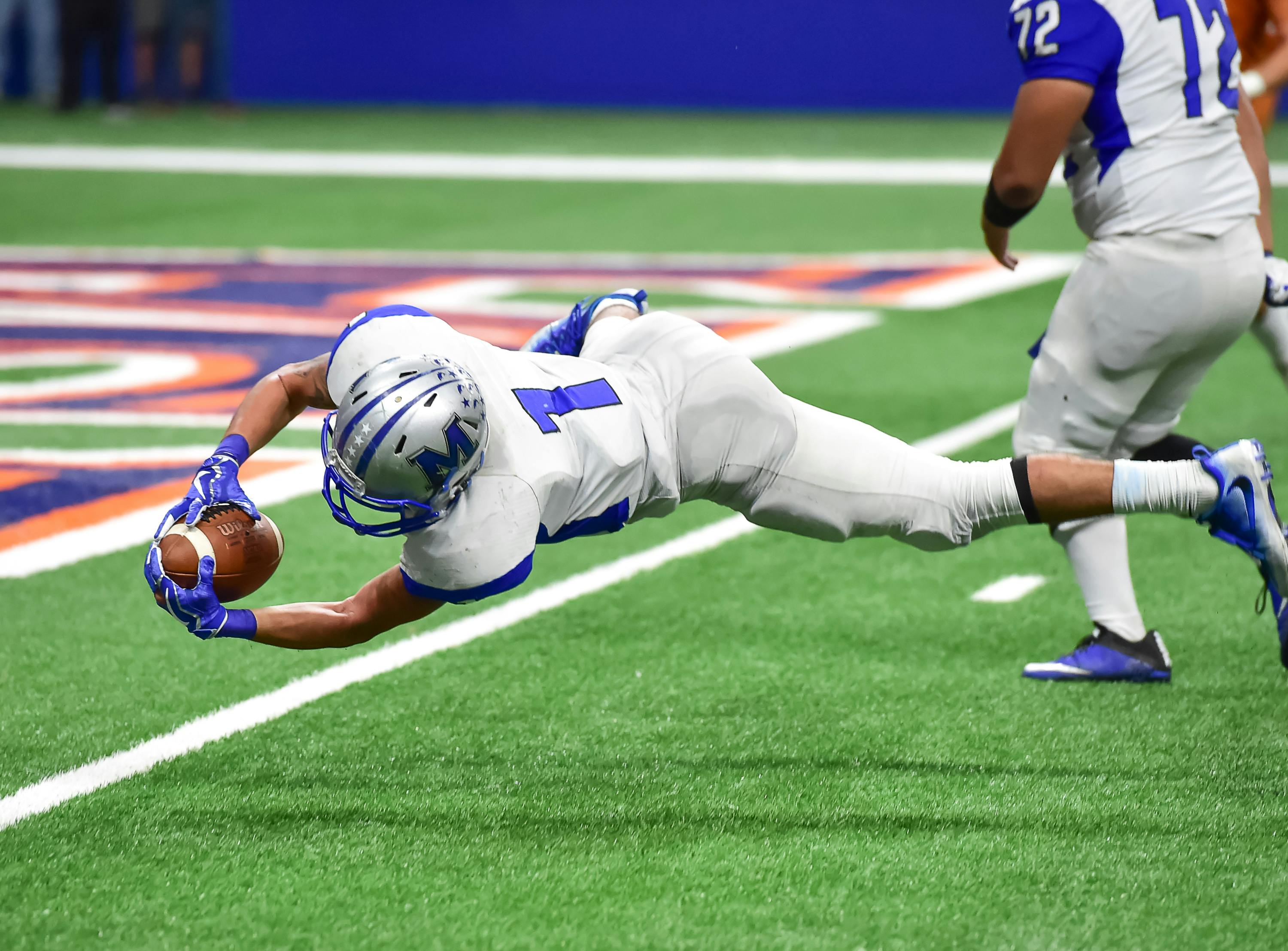Introduction
It is a variant form of the Holi festival that is celebrated in different parts of India. Dolyatra is mainly seen in the state of West Bengal. Bengalis celebrate this festival with pomp and dignity in March every year. Just like Holi, it is also a colorful festival where people spray colors on each other. However, the two celebrations are different in the way that people organize themselves. Wherever they are, Bengalis celebrate this festival with other members of the society. This is one of the reasons that Indians are known for hospitality and parties. In this article, we will list 9 highlights of this colorful festival for the benefit of readers around the world.
Doliathra Festival
People celebrate this festival towards the end of the Bengali year. Reference to it can also be found in ancient texts. The religious festival is inspired by the legends of Radha and Krishna. According to this legend, Lord Krishna had expressed his love to his beloved Radha on this day. Therefore, devotees go beyond the Radha-Krishna temple for his blessings.
1. This festival marks the love between Lord Krishna and his better half Radha. Therefore, people visit the nearest holy place of Lord Krishna and Radha.
2. Devotees spend the day in special pujas and bhajans. After the service ends, people begin to play with colors.
3. The color used for mixing with water is popularly known as phag in Bengali. Although there is a movement to use oil-based colors, people still stick to water-based ones as they are environmentally friendly.
4. During the course of the day, shops are closed so that people have enough time to play with colors. This custom is a means of communication for people to connect with each other.
5. The youths start the festival by applying the color tilak on the pictures of the dead members of their families as a show of respect to the departed souls.
6. Later, other members of the family prostrate themselves at the feet of the elders to seek their blessings. In turn, the older ones hurt the younger ones by applying colors to their faces.
7. During the course of the day, people participate in the Dolyatra of Lord Krishna and Goddess Radha. Devotees place the idols of these gods in a colorfully decorated palanquin and parade it through the main streets of the city.
8. The men take turns swinging the palanquin and the women dance around it singing devotional songs. Every year, new devotional songs praising Lord Krishna and Radha hit the streets to entertain the audience.
9. When the people bring out the palanquin, the men sprinkle colors on the procession to express their joy at seeing the yatra.
